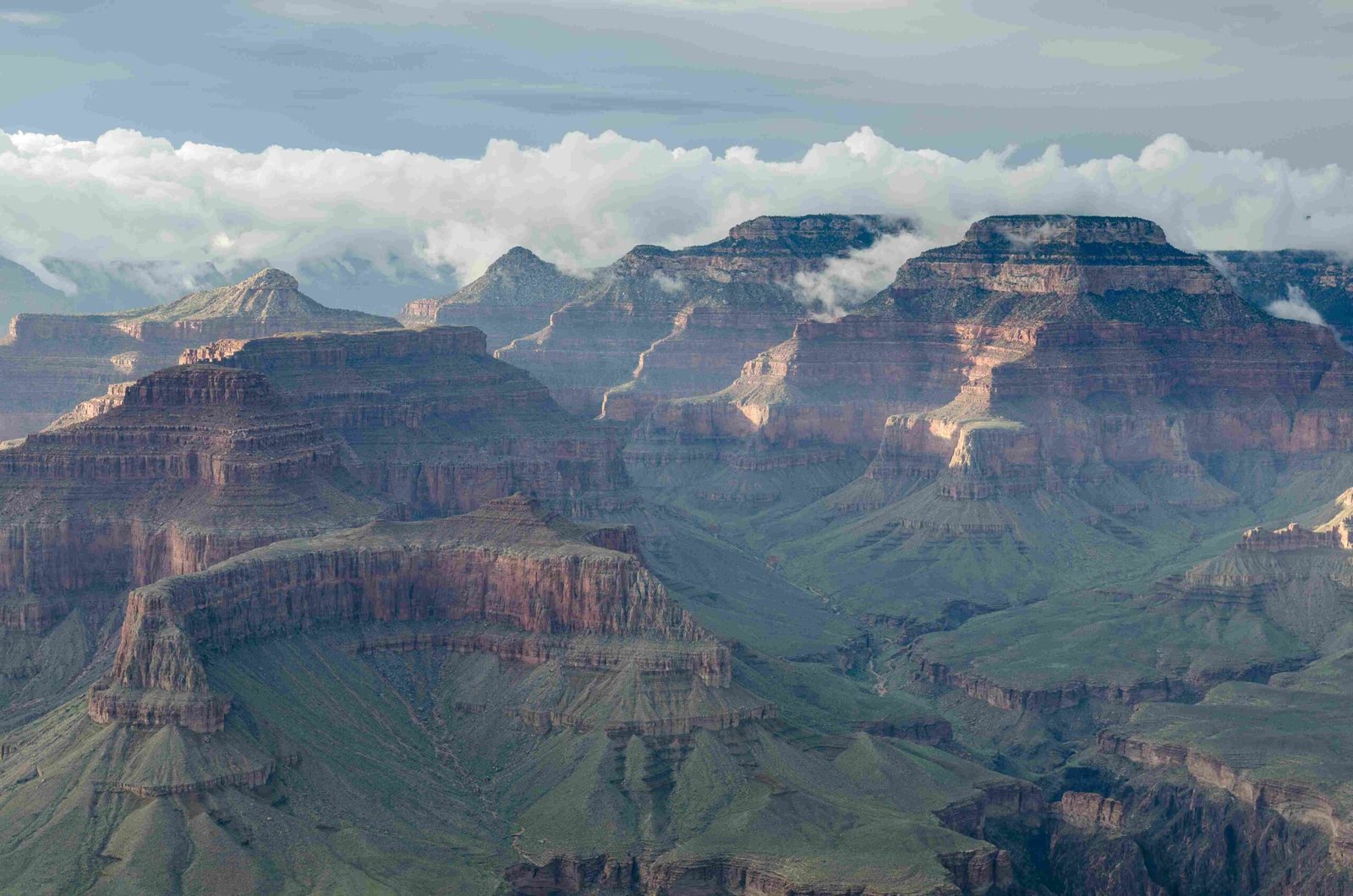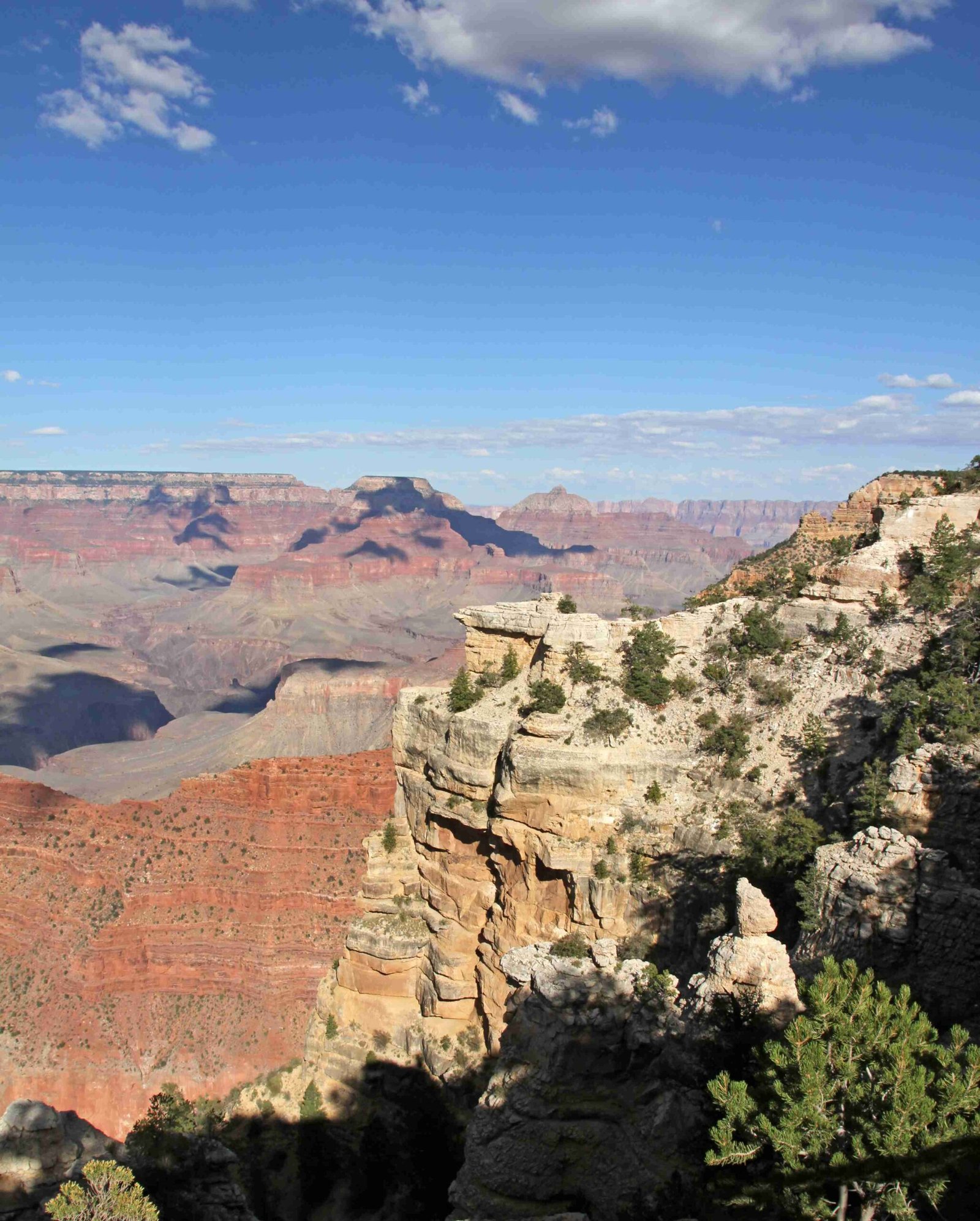The gateway to the Grand Canyon town represents a fascinating intersection of natural beauty, historical significance, and modern tourism infrastructure. Williams and Tusayan serve as critical entry points for millions of visitors annually, providing strategic access to the magnificent Grand Canyon National Park through their unique geographical locations, diverse amenities, and rich cultural experiences that transform a simple visit into an unforgettable adventure.
What Makes Williams and Tusayan Unique Gateways?

Where Are These Gateway Towns Located?
Williams, Arizona:
– Situated on Historic Route 66 and Interstate 40
– Approximately 55 miles from Grand Canyon’s South Entrance
– Population: Approximately 3,200 residents
Tusayan, Arizona:
– Located just 2 miles outside Grand Canyon National Park’s South Entrance
– Small community with around 558 residents
– Serves as an immediate access point to the national park
How Do Travelers Reach the Grand Canyon?
| Transportation Method | From Williams | From Tusayan |
|---|---|---|
| Grand Canyon Railway | Direct Train Service | Not Available |
| Personal Vehicle | Highway 64 | Direct Park Entrance Road |
| Shuttle Services | Limited Options | Regular Summer Shuttles |
| Tour Buses | Multiple Operators | Limited Options |
What Accommodations Exist in These Gateway Towns?
Williams Lodging Options:
– Grand Canyon Railway Hotel
– Route 66-themed motels
– Budget to mid-range accommodations
– Average nightly rates: $80-$300
Tusayan Lodging Options:
– Best Western Grand Canyon Squire Inn
– The Grand Hotel
– 7 Mile Lodge
– Mather Campground
– Average nightly rates: $100-$400
What Attractions Complement the Grand Canyon Experience?
Williams Attractions:
– Bearizona Wildlife Park
– Historic Route 66 Museum
– Grand Canyon Railway
– Western-themed entertainment
Tusayan Attractions:
– National Geographic Grand Canyon Visitor Center
– IMAX Theater
– Guided tour services
– Proximity to national park viewpoints
What Dining Experiences Can Visitors Expect?
Williams Culinary Scene:
– Classic American diners
– Route 66 themed restaurants
– Rod’s Steak House
– Casual and family-friendly options
Tusayan Dining:
– We Cook Pizza & Pasta
– Yipee-ei-o!! Steakhouse
– Grand Canyon General Store
– Limited but quality dining options
How Can Visitors Plan Their Grand Canyon Trip?
Recommended Planning Steps:
1. Choose accommodation based on budget and preferences
2. Select transportation method
3. Book Grand Canyon tour or entry tickets
4. Plan additional attractions and activities
5. Check seasonal variations and park regulations
What Are Insider Tips for Visiting?
- Book accommodations in advance during peak season
- Consider shoulder seasons for fewer crowds
- Bring layers for temperature variations
- Purchase multi-day national park passes
- Explore both towns for a comprehensive experience
Practical Travel Information

Best Time to Visit:
– May to September: Peak tourist season
– October to April: Less crowded, cooler temperatures
Estimated Budget:
– Daily expenses: $200-$500 per person
– Includes accommodation, meals, park entry, and activities
Final Recommendations
The gateway to the Grand Canyon towns of Williams and Tusayan offer more than just access to the national park. They provide a rich, immersive experience that combines natural wonder, historical charm, and modern amenities, ensuring travelers create lasting memories beyond the canyon itself.

